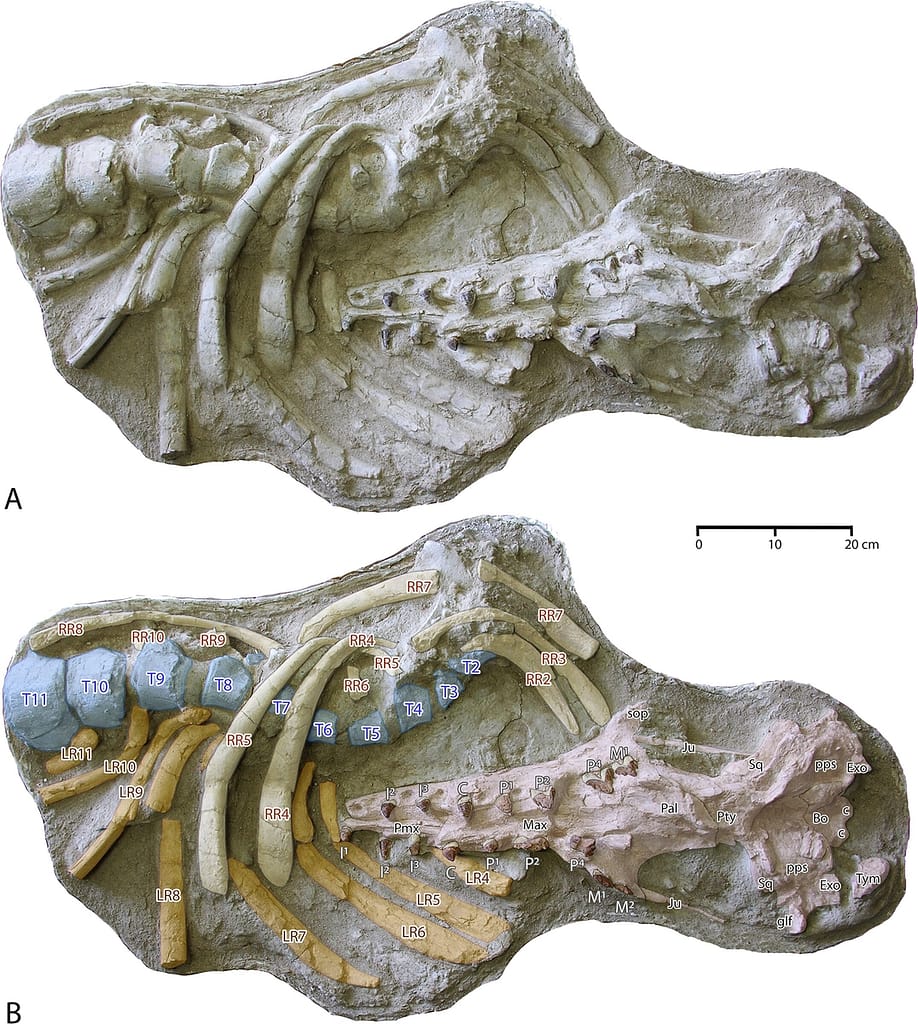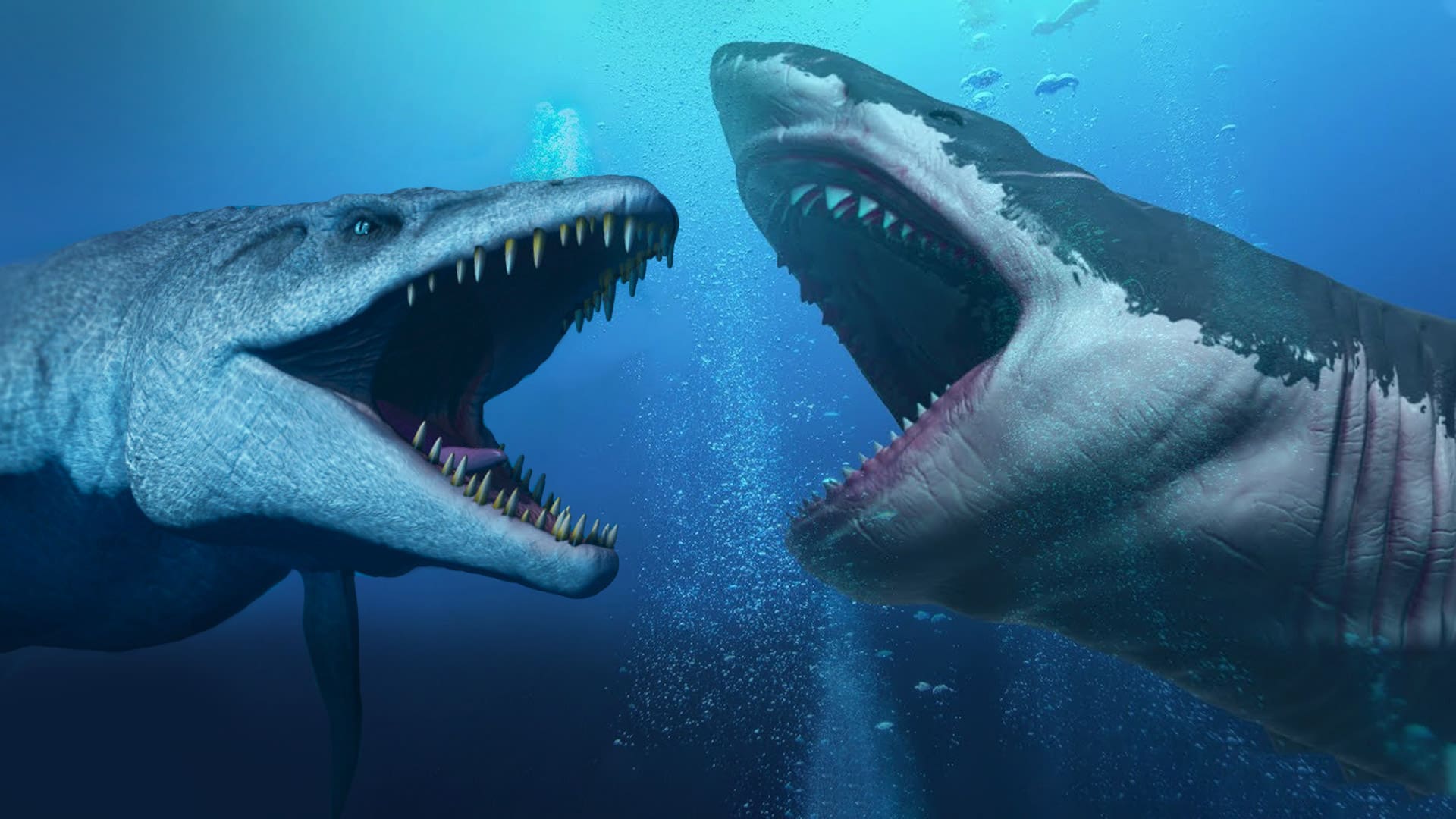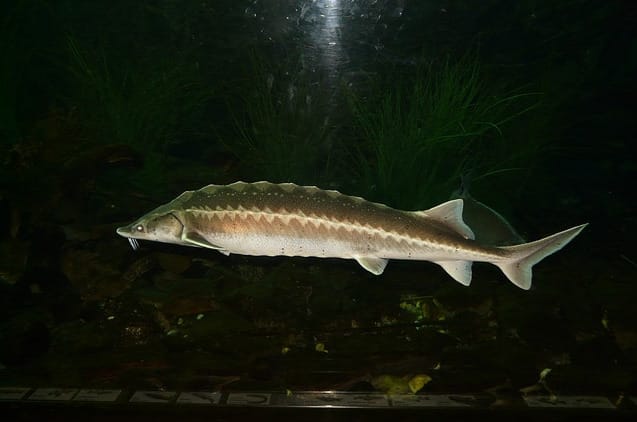
Discovery of Fossilized Whales, Three researchers, one affiliated with the University of Michigan and the other two from the University of Casablanca, have unearthed a skull and partial skeleton in Morocco that they believe links several species of ancient whales.
In their study published in the open access journal PLOS ONE, Philip Gingerich, Ayoub Amane, and Samir Zouhri describe the fossils and their significance in understanding the evolution of land-based creatures into modern whales.
The fossils, dated to around 40 million years ago during the Eocene period, belong to the Basilosaurid family, a group of ancient whales that had adapted to an aquatic lifestyle while retaining some land-based characteristics.
Prior research indicates that Basilosaurids lived in what is now Africa, North America, and Europe.
Evidence of Evolutionary Transition
Over a span of approximately 5 million years, these Basilosaurids gradually evolved into the whales we know today. However, the researchers observed notable differences in the fossils that connect various types of whales within the species Antaecetus, including Pachycetus paulsonii and Pachycetus wardii.
The dissimilarities were significant enough to assign the fossil its own genus, Antaecetus aithai. One key characteristic that set it apart from other species was its relatively small skull.
Adaptations and Behavior
The researchers note that members of this species were known to have thick and dense bones, suggesting robust musculature. However, they also hypothesize that these whales were not fast swimmers and lacked agility in the water. This can be attributed to their transitional stage from land-dwelling creatures to fully adapted marine animals.
Given these characteristics, it is likely that the species spent the majority of their time near the seafloor, close to the shoreline. In terms of appearance, they would have resembled manatees more than modern whales. Notably, their diet differed from that of present-day manatees, as Antaecetus species were predators that likely consumed slow-moving, soft-bodied creatures inhabiting or near the seafloor.
Therefore, they likely relied on ambush tactics rather than active pursuit to capture their prey.



